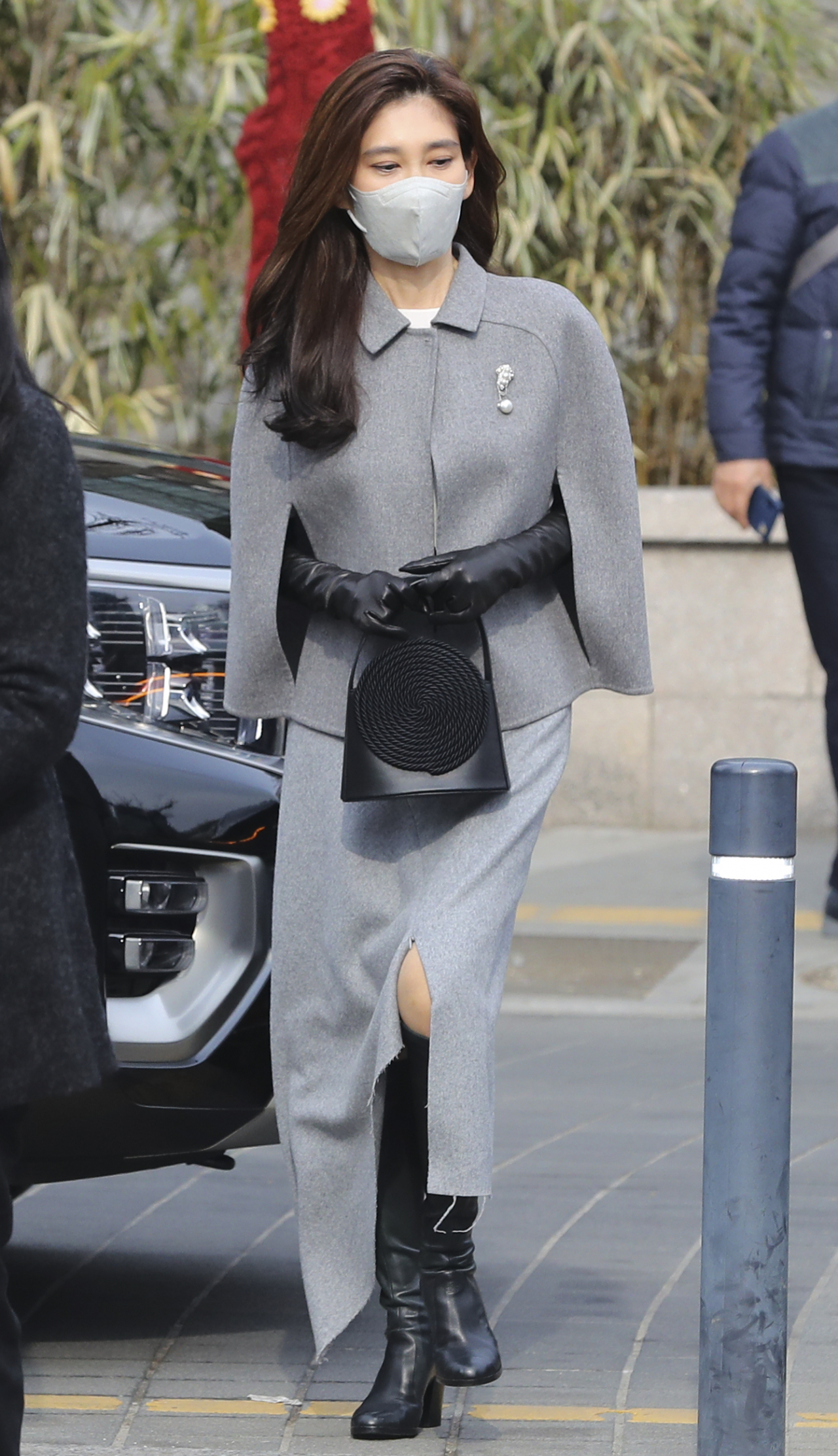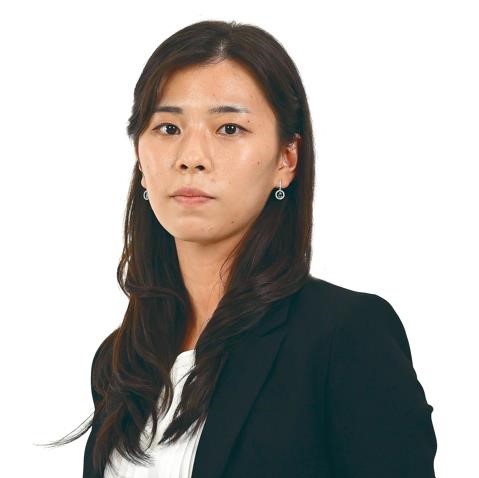[Weekender] 'Old money' rises as the new black in fashion
Antipathy to 'new money,' fatigue over kitschy pop culture and economic recession play as factors for the rise of old money aesthetic
By Lee Yoon-seoPublished : Aug. 19, 2023 - 16:01

The “old money” fashion trend that has been spreading globally has reached South Korea.
As of Thursday, the hashtag #oldmoney accrued over 8.5 billion views on TikTok, with #oldmoneyaesthetic and #oldmoneyoutfits amassing 3.8 billion and 1.4 billion views, respectively.
Old money refers to wealth that is deeply rooted in tradition, or wealth that is inherited rather than acquired through personal earnings. In this regard, the idea behind the old money look means looking like someone who comes from generational wealth.
Typical characteristics of an old money look centers on eschewing logos and wearing clothes finished with luxurious materials such as cashmere and silk. Neutral shades, subtle details, monochromatic ensembles and tailored attires also constitute another cornerstone of this fashion aesthetic.
The look is also inspired by luxury sports such as horseback riding, yachting, tennis and golf, while featuring preppy looks reminiscent of prestigious private school uniforms.
This new fashion fad has its roots in the overseas market -- especially the United States.

The general consensus is that the recent hype to dress up old money gained traction via the global success of popular HBO series "Succession" -- an Emmy-winning US television series that feature the lives of ultra-wealthy heirs who fight to gain control over their family-owned media conglomerate.
According to Google, the search volume for "old money style," "quiet luxury" and "stealth wealth" increased by 874 percent, 990 percent and 684 percent, respectively, since HBO aired its first episode of "Succession" in 2018.
Following the "Succession" hype, a slew of celebrities such as Sofia Richie, Kendall Jenner and Kylie Jenner have since jumped the old money trend -- along with artificial intelligence-generated virtual models' “old money vibe” posts going viral on social media.

Old money fueled by 'new rich' antipathy
South Korea, a market sensitive to ongoing luxury trends, was no exception to pick up on this fad.
A Korean algorithm-driven e-commerce fashion platform Zigzag said it saw a sixfold increase in the number of keyword searches for “old money look” during the survey it conducted from July 16 to 31.
Shinsegae International, a Korean retail giant, added that it saw 15 percent on-year increase in its sales of Brunello Cucinelli, an Italian luxury brand which aims for sales of old money-related fashion items, for the first half of 2023. The brand also sells clothing items featured in "Succession."
"We expect the old money trend, which centers on wearing clothes that avoid showing off while being high in quality, to last until this fall and winter," said an official from Shinsegae International.
29CM, another fashion platform, said it saw 20 percent on-year growth in the number of users who first visited their site using old money-related keywords such as “linen,” “silk” and “cashmere” in July.
"With rising interest in the old money look, product purchases are increasing for materials mainly used in winter clothing items, such as cashmere and tweed, even during the summer," said an official from 29CM.
Experts say such an overseas fashion trend especially gained traction in Korea for multiple reasons.
The first is growing antipathy against the “new rich.”
With the pandemic becoming a time of opportunity for some to get instantly rich in Korea through the means of financial technology such as bitcoin, experts say Korean consumers have come to harbor feelings of aversion toward people who got rich very quickly. As such, such sentiment gave rise to people's desire to brand themselves as the “inherently rich.”
An alternative to 'Y2K'
Another factor is that the old money trend is relatively easy to follow, unlike the Y2K trend, which emulates the kitschy pop culture and maximalist lifestyle of the late 1990s and early 2000s. The Y2K trend has since gone beyond fashion to restaurants, bars and other retro consumer products.
With old money looks involving timeless items with high practicality, experts say the fatigue caused by the glitzy Y2K items and lifestyle could have led to consumers to seek out a more pragmatic, durable style.
The third reason could be that consumers feel uncomfortable directly flaunting one's wealth during times of economic recession and inflation.
"With the current social atmosphere, consumers may be leaning toward flaunting their affluence more subtly," said Han Da-hye, a researcher at the Consumer Trend Center of the Seoul National University.
"Currently, the old money trend is very limited to the fashion sector. It remains to be seen whether it would have the same effect (as the Y2K trend)," she said.
According to Han, consumer trends come and go -- and they follow a pattern in which a period of extravagance is typically followed by a period of moderation.
"Consumer desire to flaunt oneself will build up during a period of moderation. It is likely that once the old money fad goes, another lavish trend such as Y2K will rise up," Han said.



















